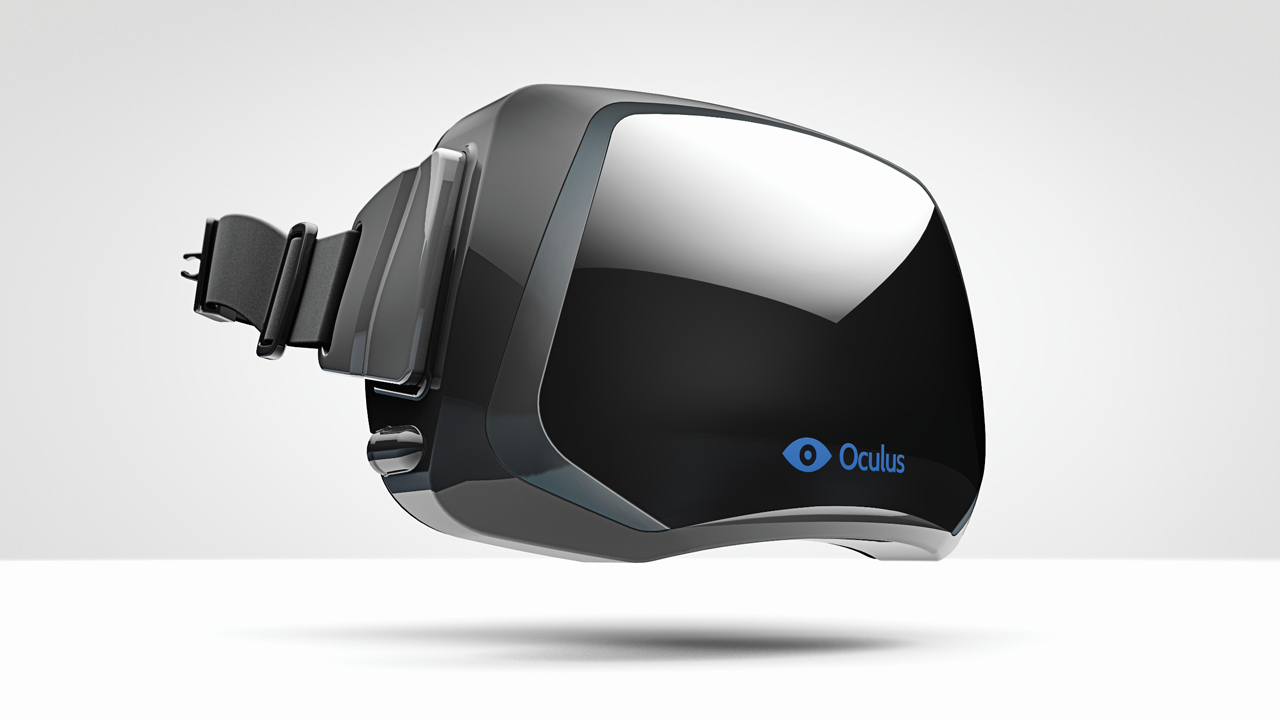PocketCake is working with some of the nation's top architectural and engineering companies, converting their 3D models into stunning virtual reality simulations using the Oculus Rift.
PocketCake's simulations offer first-person interaction from the comfort of a laptop. You are in the driver's seat. From homes and churches to stadiums and fairgrounds, nothing enhances a client's - or an architect's - conception of a project better than virtual reality.
Instead of an abstract blueprint process, a virtual reality simulation ensures your concepts look exactly as you envisioned them. For a price that's comparable to traditional architectural illustrations, a prospective client can have an immersive 3D experience in which they inhabit real space, walking wherever they like.
BIM technology, once a rarity in the architectural industry, is now mainstream as a majority of buildings are crafted digitally. Virtual reality is the next logical step for BIM. PocketCake can also convert point cloud data into a mesh that's usable in a virtual reality environment.
PocketCake is currently developing a proprietary product called VRSCA (Virtual Reality Simulation Converter Assembly), which will allow architects and engineers to easily navigate up to four people through a virtual space at the same time and host up to 32 viewers remotely.
PocketCake, founded in November 2012, specializes in virtual reality simulations and custom mobile app development.

The firm uses the Oculus Rift virtual reality headset to immerse clients in project designs.
Related Stories
| Aug 19, 2011
Enhanced acoustical design
Ambient noise levels in some facility types are trending up and becoming a barrier to clear communication between building occupants.
| Jul 22, 2011
The Right Platform for IPD
Workstations for successful integrated project delivery, a white paper by Dell and BD+C.
| Jul 22, 2011
High-performance windows and doors
Learning objectives After reading this article, you should be able to: Understand issues of thermal performance and energy efficiency in relation to window and door systems; describe optimal detailing of the window-wall interface and how it contributes to building performance, sustainability, and occupant well-being; understand how durability contributes to sustainable windows/doors; and list sustainable O&M requirements for window and door systems.
| Jul 21, 2011
Falling Architecture Billings Index reflects decrease in design demands
This months Architecture Billings Index (ABI), provided by the American Institute of Architects, is almost a full point lower than last month’s reported score. June’s reading of 47.2 was short of the required 50 to achieve billings increases, making July’s reading of 46.3 an unwelcome sign of market tidings.
| Jun 29, 2011
New leadership role for architects in net-zero design
BD+C Editorial Director Rob Cassidy talks with RNL Design's Tom Hootman, AIA, about the changing role of architects in net-zero designs.














